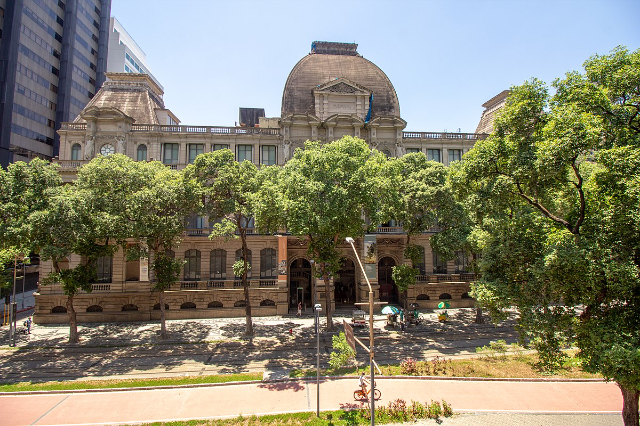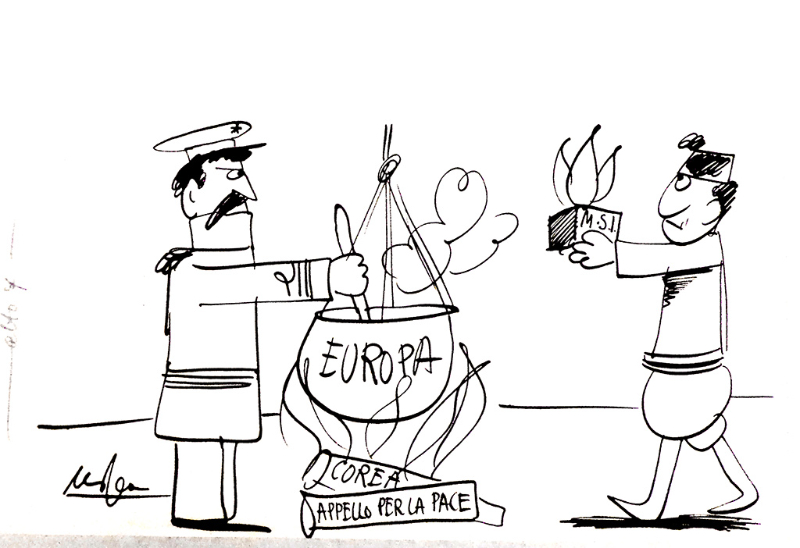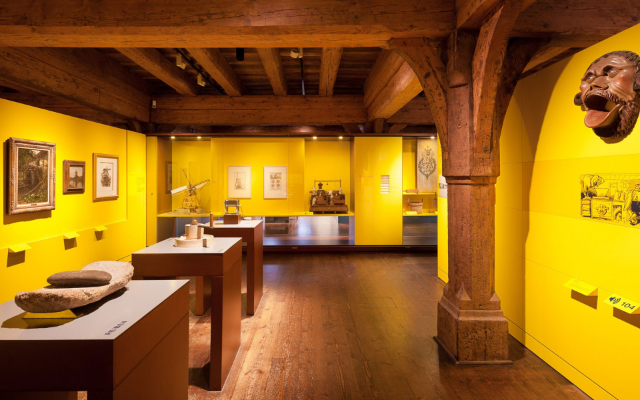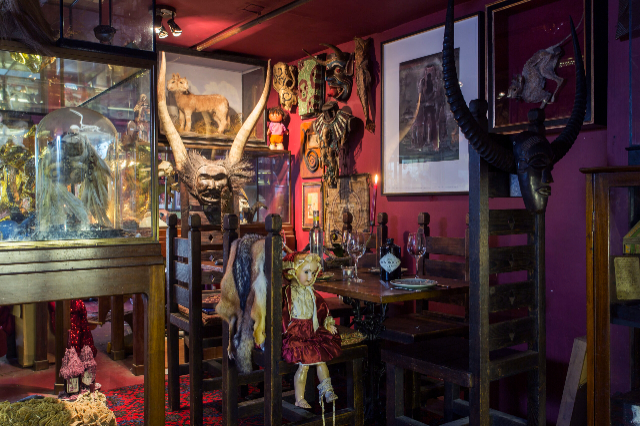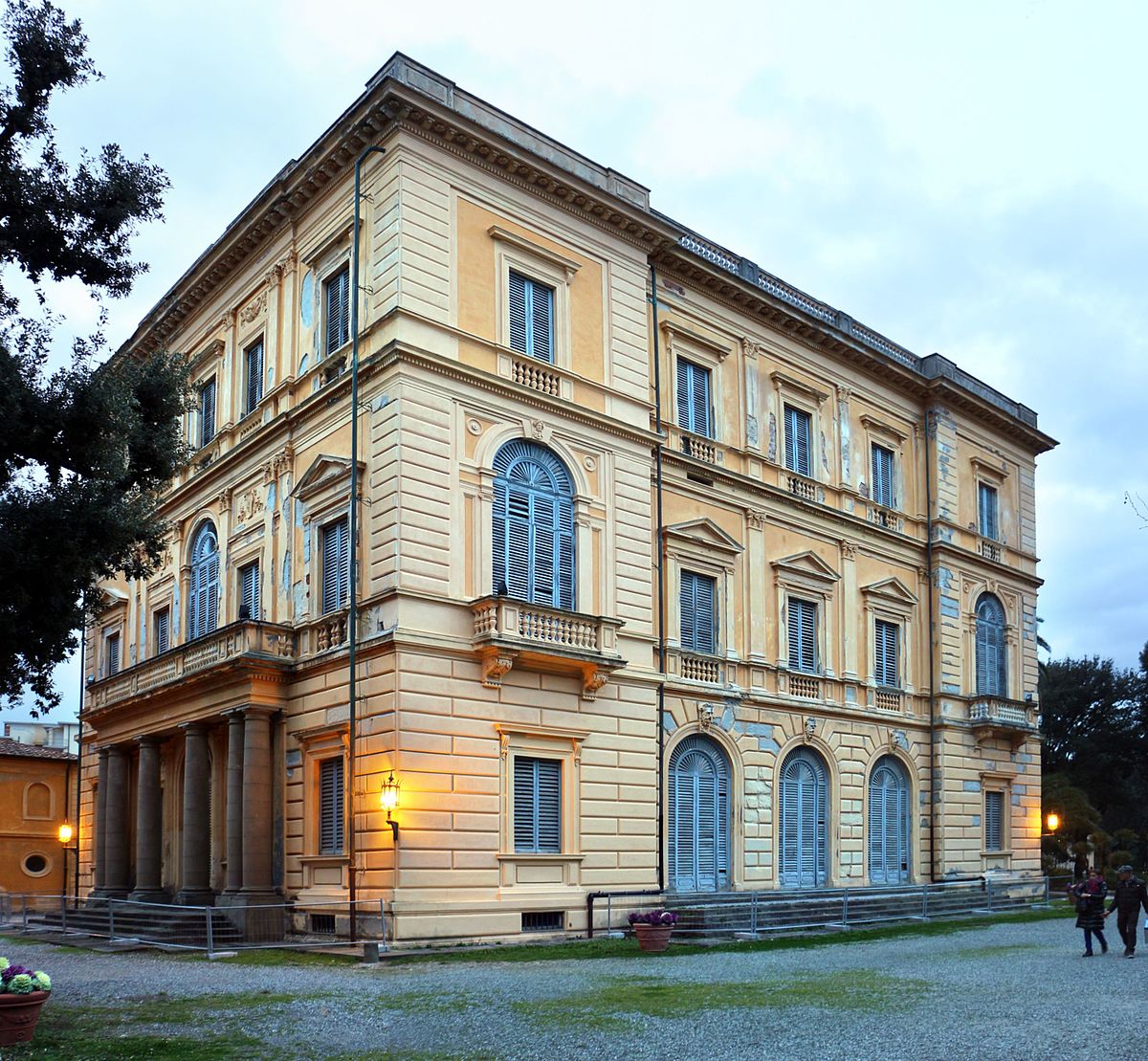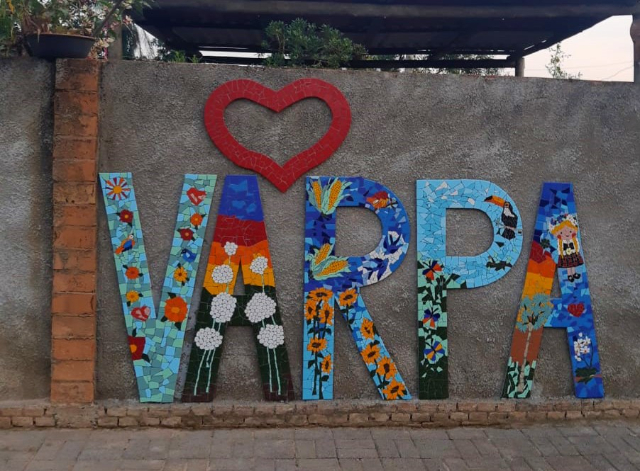<p><span style="font-size: 14pt;">The <strong>Museu Nacional de Belas Artes do Rio de Janeiro</strong> (National Museum of Fine Arts of Rio de Janeiro) is one of the most prominent art institutions in Brazil. However, it primarily focuses on the collection and exhibition of classical and academic art, rather than naif or naïve art. If you’re specifically interested in naif art in Rio de Janeiro, I would recommend visiting the Museu Internacional de Arte Naïf do Brasil (International Museum of Naïve Art of Brazil). Located in the neighborhood of Cosme Velho in Rio de Janeiro, this museum is entirely dedicated to the preservation and promotion of naïve art. </span></p>
<p><span style="font-size: 14pt;">The National Museum of Fine Arts was established in 1937 in the former building of the Brazilian Academy of Fine Arts. The architect responsible for the building, Adolfo Morales de Los Rios, took inspiration from the Louvre Museum in Paris, and the building reflects the French-inspired architecture found throughout Rio de Janeiro. The museum’s collection includes nearly 20,000 pieces, including fine, decorative, and folk art. Most of the works are Brazilian and date from the 17th to the 20th century. The collection features paintings and sculptures by Brazilian artists from the 19th to the 21st century, including Cândido Portinari’s "Café" and works by Emiliano de Cavalcanti and Tarsila do Amaral. Foreign art is also well represented, with a series of views of Pernambuco, Brazil, by Frans Post, as well as examples of European art from the 13th century to the present day. The collection also includes coins, decorative arts, furniture, and African art.</span></p>
<p><span style="font-size: 14pt;">The Museu Internacional de Arte Naïf do Brasil also organizes temporary exhibitions, educational programs, and cultural events related to naïve art, providing a comprehensive experience for art enthusiasts. If you have a passion for naïve art, this museum offers a wonderful opportunity to immerse yourself in this particular artistic style and discover the talent and imagination of naïve artists from Brazil and beyond.</span></p>
